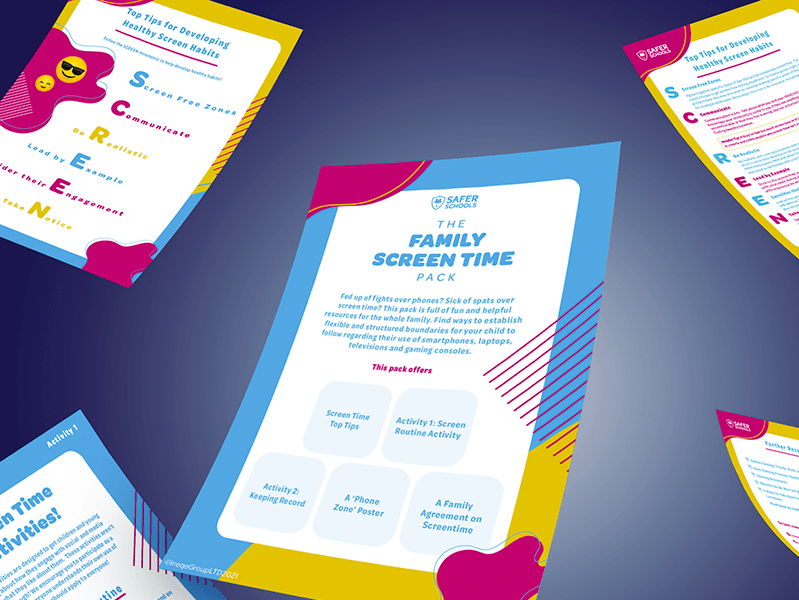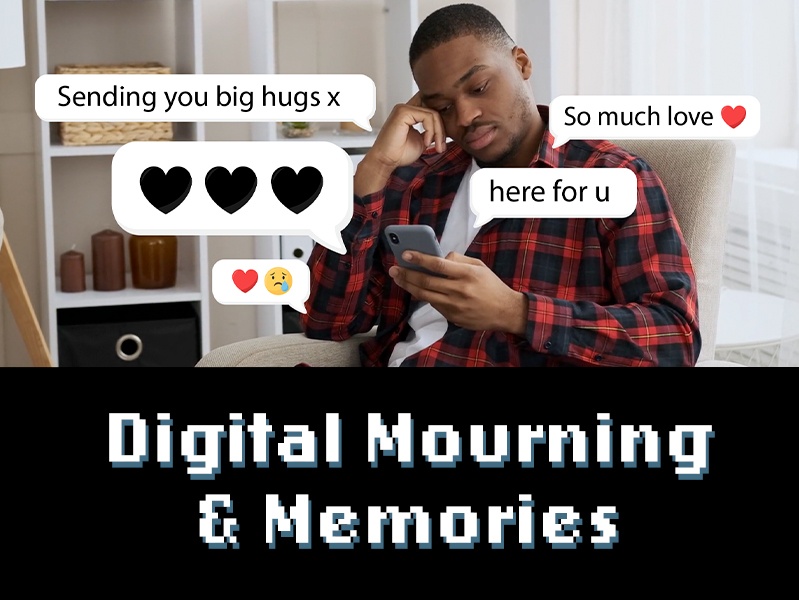Last Updated on 19th November 2021
When a viral challenge is reported in the news or on social media, it can be difficult to establish the facts, risks and what you need to do to protect the young people in your care.
If you’re a parent or carer who’s seen reports of an online challenge, the first thing to do is pause. This article will explain what you need to know and give you 5 ways you can respond. The good news is that most online challenges will burn out and lose popularity.

Knowing how to respond to an online challenge is important for supporting children and young people with to staying safe online. We monitor online challenges closely to ensure you have the information you need to protect children and young people online.
Use our top tips below to help guide your response:
5 Ways you can respond to Online Challenges
Join our Safeguarding Hub Newsletter Network
Members of our network receive weekly updates on the trends, risks and threats to children and young people online.









